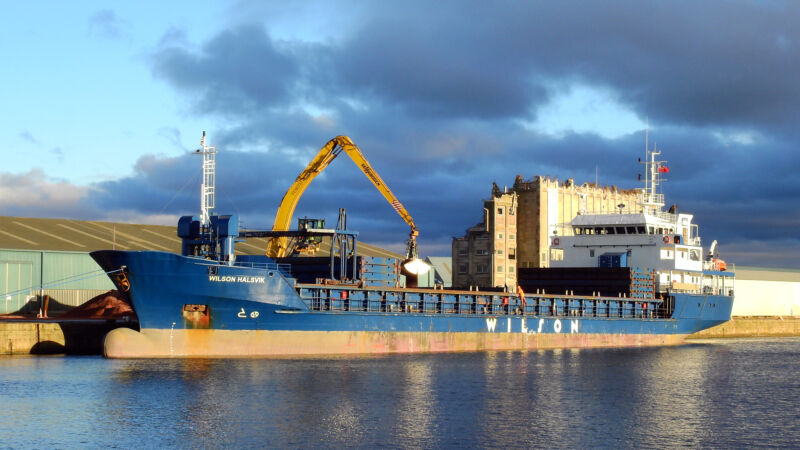
Enlarge (credit: Darren Hillman)
The transition to clean energy involves some markets where we have solutions that are no-brainers (more wind and solar, please) but also some head-scratchers. Maritime shipping falls in the latter category. Barring a return to sailing, these vessels will continue to require relatively high energy-density fuel to cheaply move goods over long distances. So how do we clean up an industry that runs on heavy fuel oil?
A new study led by Boris Stolz and Maximilian Held at ETH Zürich analyzes plausible options for the fleet of cargo ships that operate within Europe. Their idea was to take real shipping data from 2018 and calculate the impact of changing out each ship’s propulsion system. For ships carrying heavy loads, they set a benchmark of ditching no more than 3 percent of their cargo in order to install a potentially emissions-free propulsion system. From there, they found out how many voyages could still be completed—and at what cost.
Renewable options
The team evaluated hydrogen, ammonia, methane, methanol, and diesel—all made from renewable feedstock and using clean electricity. That includes sourcing the carbon for methane, methanol, or diesel from captured atmospheric CO2. They also considered internal combustion engines and two kinds of fuel cells (proton-exchange membrane or solid oxide) with electric motors for turning those fuels into motion. Lithium-ion batteries were included, as well.
Read 11 remaining paragraphs | Comments
